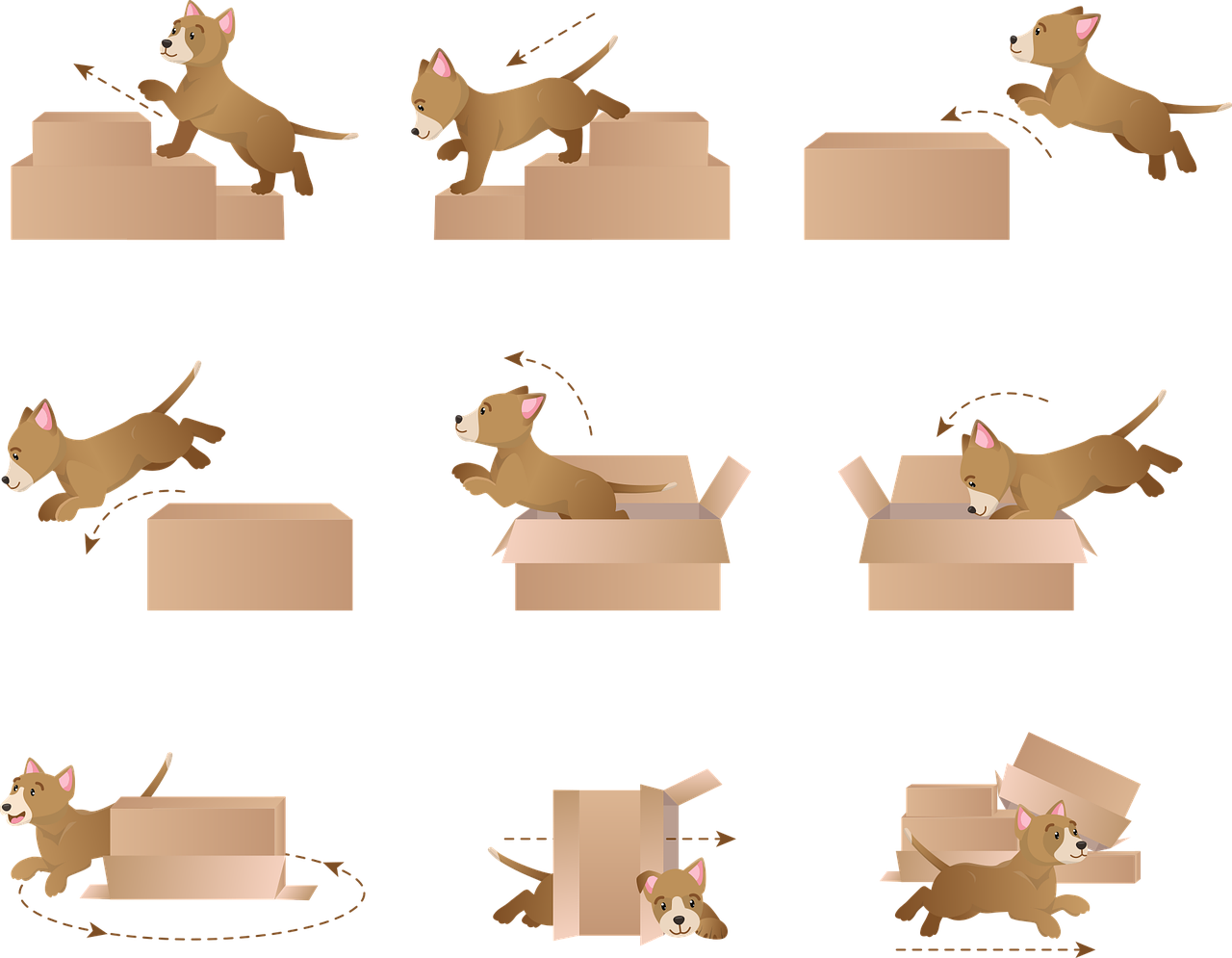Why Prepositions Are Important
Now, you might wonder why we’re diving into it. The truth is, they are the unsung heroes of language. Learning to use them correctly can make a significant difference in how you communicate. Let’s explore why they are important.
Clarity in Communication
They offer clarity. They tell you whether the cat is “in” the box or “on” the box. The choice of preposition paints a vivid picture in the reader’s mind. It ensures your message is crystal clear. Misusing They can lead to confusion, like trying to fit a square peg “into” a round hole.
Expressing Relationships
They express relationships. They show how things relate to each other. “She’s beside you” implies a different connection than “She’s behind you.” Proper use of prepositions conveys precise meanings and prevents misunderstandings.
Mastering Style
They are crucial for developing your style. They add depth and variety to your language. Think of them as the spices in your linguistic dish. A pinch of “beside” or a dash of “within” can transform your writing from bland to vibrant.
Conveying Emotions
The choice of prepositions can convey emotions. “I’m happy for you” means something entirely different from “I’m happy with you.” They carry the emotional weight of your sentences, making them resonate with your readers.
The Art of Prepositions
To master them , start with the basics. Understand their core meanings and common uses. “In” signifies inclusion or location within something. “On” implies contact with the surface. “At” indicates a specific point in time or place. “With” denotes association or accompaniment.
Practice Makes Perfect
The key to becoming a preposition pro is practice. Read and write as much as you can. Pay attention to how prepositions are used in context. Challenge yourself to spot them in sentences and understand their roles. The more you practice, the more natural their usage will become.
Preposition Puzzles
Solving preposition puzzles can be a fun way to hone your skills. Try filling in blanks in sentences with the right prepositions. It’s like solving word riddles. You’ll train your brain to recognize the perfect fit for each situation.
Seek Feedback
Don’t be shy about seeking feedback on your preposition usage. Whether you’re writing an essay or sending an email, ask a friend or a teacher to review your work. Constructive criticism is your best friend on the path to preposition perfection.
Prepositions for Time, Place, and Direction
Prepositions are the unsung heroes of language, guiding us through the twists and turns of communication. They’re like the GPS of words, telling us where, when, and how things happen. In this section, we’re going to explore the marvelous world of prepositions for time, place, and direction.
The When: Time Prepositions
Time prepositions help us navigate the ticking clock of life. They tell us when things occur, from the break of dawn to the dead of night. So, let’s dive into the time-traveling realm of prepositions!
In the Morning, At Night, On Tuesday
Time prepositions include words like “in,” “on,” and “at.” You say, “I wake up in the morning,” “I love stargazing at night,” and “We have a meeting on Tuesday.” But why do we use different prepositions for time? It’s all about precision.
In: Use “in” for longer periods, like months, years, or seasons. “I’ll see you in December.”
On: Reserve “on” for specific days and dates. “The party’s on Saturday.”
At: Employ “at” for specific times or moments. “Let’s meet at 3 PM.”
By using the right time preposition, you create a clear timeline for your reader. It’s like setting your GPS to the exact destination.
The Where: Place Prepositions
Place prepositions are your trusty guides in the world of locations. They tell you where things are, whether it’s a cozy coffee shop, a bustling city, or the far reaches of the universe.
In, On, Under, Between
We use prepositions like “in,” “on,” “under,” and “between” to describe where objects or people are located. “The book is on the shelf,” “The cat is under the table,” and “The park is between two buildings.”
Each preposition paints a different picture. “In” conveys inclusion, “on” implies contact with a surface, “under” indicates a position below, and “between” suggests a position within two objects. These tiny words add depth to your descriptions.
The How: Direction Prepositions
Direction prepositions are your compass in the world of movement. They show you the way, whether you’re going to a party, chasing a dream, or simply walking down the street.
To, from, through, across
Prepositions like “to,” “from,” “through,” and “across” indicate movement or direction. “She’s heading to the store,” “He walked from the park,” “We hiked through the forest,” and “They swam across the river.”
Each of these prepositions gives a distinct flavor to the movement. “To” is about the destination, “from” marks the starting point, “through” signifies passage, and “across” denotes crossing from one side to the other.
Why Prepositions Are Important
Now, you might wonder, “Why should I care about all these prepositions?” Well, let me tell you, they’re like the seasoning in a dish, adding flavor and nuance to your language. Understanding why prepositions are important can make your communication more precise, vivid, and engaging.
Precision in Communication
The right preposition can make your message crystal clear. For example, “She’s at the park” is different from “She’s in the park.” “At” indicates a specific point within the park, while “in” suggests being inside the park in general. By choosing the correct preposition, you prevent misunderstandings and make your point with precision.
Adding Depth to Descriptions
Prepositions are essential for describing places and locations. Imagine trying to convey a vivid image without them. “The cat is the table” lacks the richness of “The cat is under the table.” Using the right prepositions adds depth and detail to your descriptions, making them more captivating.
Painting a Vivid Picture
Prepositions help paint a vivid picture in the reader’s mind. When you say, “They hiked through the dense forest,” it conjures a specific image of their journey. “Through” suggests the effort and adventure, creating a more engaging narrative.
Expressing Emotions
Prepositions can convey emotions. Consider the difference between “I’m happy for you” and “I’m happy with you.” The choice of preposition carries the emotional weight of the sentence. It’s like adding a touch of emotion to your words.
Prepositions in Literature and Poetry
Ah, the world of words, where language weaves its magic! In this section, we’re going to dive into the enchanting realm of prepositions in literature and poetry. These tiny words might seem subtle, but they play a grand role in crafting stories and verses that linger in our hearts.
Setting the Stage: Prepositions in Storytelling
In literature, prepositions set the stage for storytelling. They transport us to far-off lands, take us on adventures, and make us feel every emotion. How? Well, it’s all in the prepositions they choose.
Beyond the Meadow and Over the Rainbow
Remember how “over the rainbow” took Dorothy to the Land of Oz? Or how “beyond the meadow” hinted at a hidden world? These prepositions painted vivid landscapes and kindled our imagination. They whisked us away to magical places, all within the cozy confines of our books.
Creating Atmosphere and Mood
Prepositions are mood creators. They can make a scene feel cozy “in the cottage” or ominous “in the haunted mansion.” Whether you’re snuggled “by the fireplace” or shivering “under the moonlight,” prepositions set the tone.
Expressing Love and Despair
In poetry, prepositions add depth to emotions. They’re the secret ingredients that stir our hearts. Consider how “in your arms” expresses love differently from “against your absence.” Prepositions add layers of meaning.
Why Prepositions Are Important in Literature and Poetry
Now, you might ask, “Why are they so vital in literature and poetry?” Well, these little words are the magicians of meaning. Let’s uncover why they’re crucial.
Painting Vivid Pictures
Prepositions paint vivid pictures. They create images that linger. When you read “across the golden fields,” you’re not just reading; you’re walking with the characters, feeling the wind. Prepositions make stories come alive.
Crafting Emotion
In poetry, prepositions craft emotions. “Beneath your gaze,” “within your heart,” or “above the stars” all evoke different feelings. The right preposition lets poets sculpt their verses with precision.
Setting the Scene
They set the scene. Whether it’s “in the old library,” “on the bustling street,” or “along the quiet river,” they establish the backdrop. They’re like the stagehands, making sure the setting is just right.
Adding Rhythm and Flow
In poetry, prepositions contribute to rhythm and flow. They’re the notes in the melody of words. “Beneath the moonlit sky,” “beside the rippling stream,” and “amidst the silent night” create distinct rhythms.
In Conclusion
So, They aren’t just about grammar rules; they’re cultural ambassadors. They tell us how people view time, space, relationships, and emotions. Learning why they are important in cultural language variations can turn you into a true language explorer. You’ll discover the beauty of diversity and the power of tiny words. So, as you delve into different languages and cultures, remember that they are your trusty guides on this fascinating journey. Happy exploring!




